It becomes frustrating when the weed on the lawn goes wild. That shabby look of the grass where many insects and reptiles might be hiding, the overgrowth of bushes weed around, makes the whole lawn look not so pleasing.
In those times, if the weed eater does not start, things can feel even more annoying and frustrating as someone tries to fire up the weed eater again and again only to fail; watching that overgrowth in the lawn can spoil the whole mood, just like the lawn/backyard’s look.
However, something that can be even most frustrating is that the weed eater working perfectly fine or working in good condition does not start. In that case, before going to a repair shop or a hardware shop to find the gadgets or tools to repair it, there are few things that one can check.
That way, one can try to, if not start, then at least understand what the problem might be and what the solution can be for that.
Issues Related to The Fuel
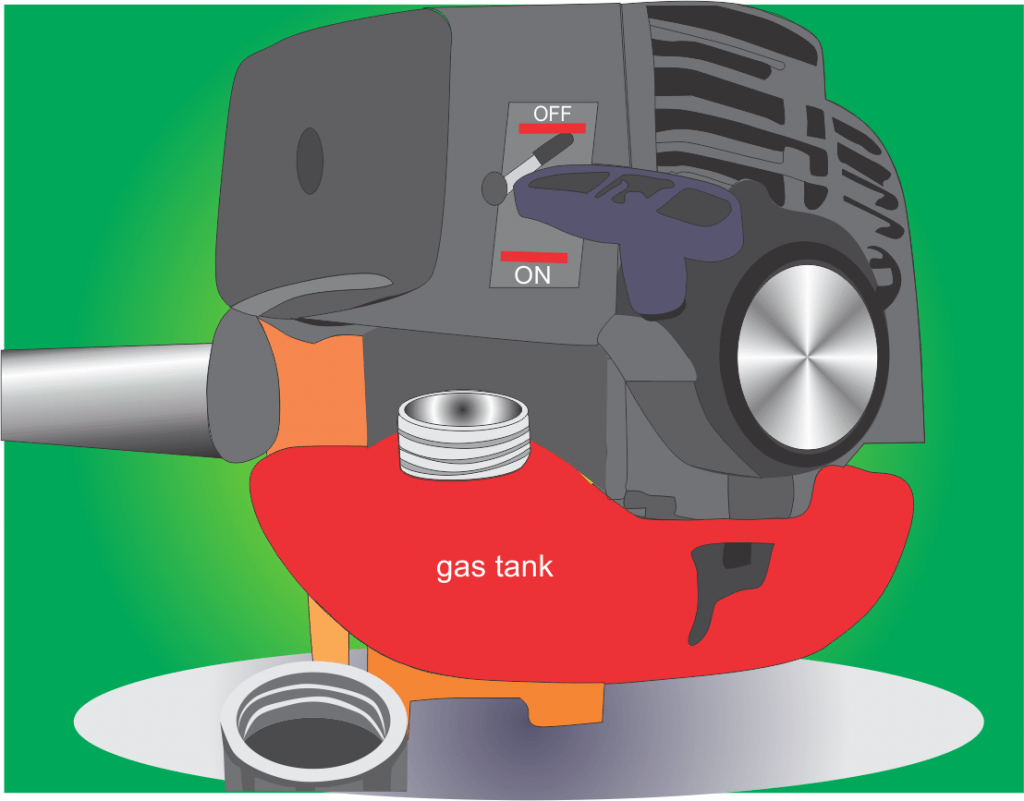
Even if one is very sure that they filled their gas tank of the weed eater recently, they should understand that the gas cannot last forever. Therefore, instead of just having enough fuel and blaming the weed eater for being just faulty and needs repair, checking the fuel first is something everyone needs to do.
It is not uncommon to find an empty tank being the reason for the failure to fire up a weed eater. That is not it, however. One also needs to make sure that the fuel is fresh and has the correct fuel mixture to the cycle-oil ratio: a 40:1 ratio. If it is incorrect, then the engine might seize, causing a whole lot of trouble and money to get the whole engine repaired if not replaced.
The second fuel-related thing to cover is to make sure it is not too old. By too old, it means not older than 90 days. After that, the fuel can get clogged and will not move through as quickly. Not reaching the spark plug properly then can cause failure in the engine to start. This is not a common issue. It is quite rare, but making sure that this is not the issue will only save money.
Give the machine a shake so that the oil and fuel inside are mixed well again that might have become separated when it was sitting idle. Also, shake the fuel and oil before putting it in to mix it.
If the fuel might have flooded the engine, then set the choke to ‘run.’ Then take out the cord to get rid of any excess fuel, and let it sit still for some time (15 minutes approximately). Attempt to fire up the engine again. If this does not work, move on to the next point in this article.
Blocked Air Filter
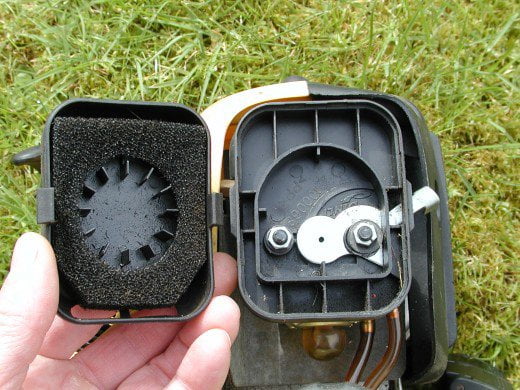
This can be assumed when the weed eater being fired up shows some sign of starting. It feels as though it does start but then fails and stops just as fast.
This means that there is not enough air supply (oxygen). This can prevent the engine from burning the fuel, thus, causing failure in the weed eater’s starting up.
One can replace the air filter if they know how to do it or clean it and start again. A blocked or clogged air filter is a widespread issue that makes it difficult to start any machine, let alone a weed eater.
Malfunctioning Spark Plug
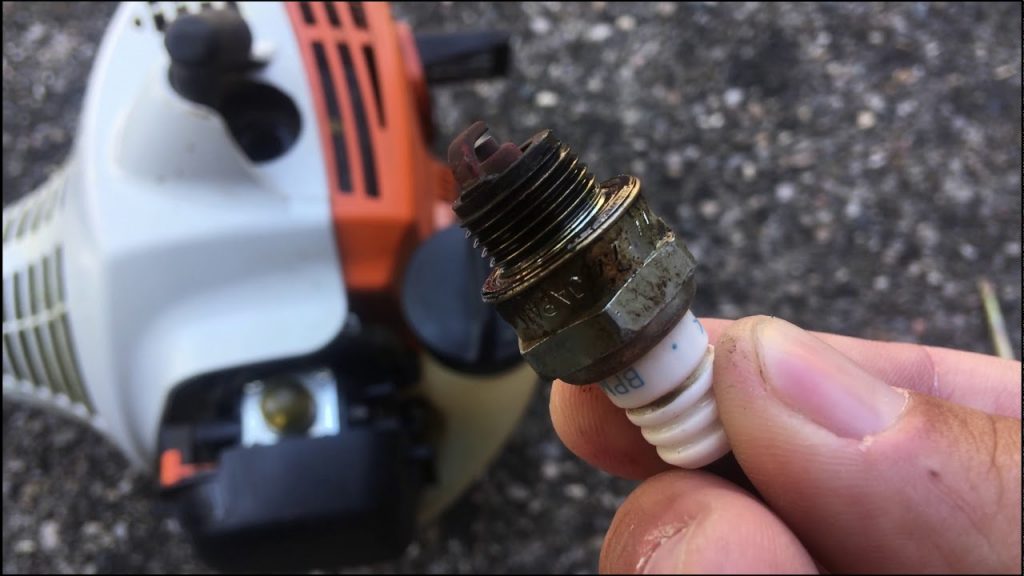
Even with a blocked air filter or some fuel issue, a weed eater will show some sign when someone attempts to start it. So, if there is no response, then it can be assumed that the fault may lie in the spark plug. A faulty spark plug is a prevalent issue in wheat eaters.
Remove the plug. Clean the dirt from the plug with some wire brush and fuel; it can solve the issue most of the time. Plug it to start.
Before cleaning the plug, one thing to do is look for some damage, maybe a crack in the spark plug. If one notices any damage to the spark plug, then cleaning it will not do. Replacement for the spark plug is necessary in such cases.
Try to measure the distance between the nodules of the spark plug. They should not be more than 0.025 inches to 0.030 inches apart.
Spark Plugs are cheap, so changing them will not be heavy on the pockets at all.
Fault in The Carburettor
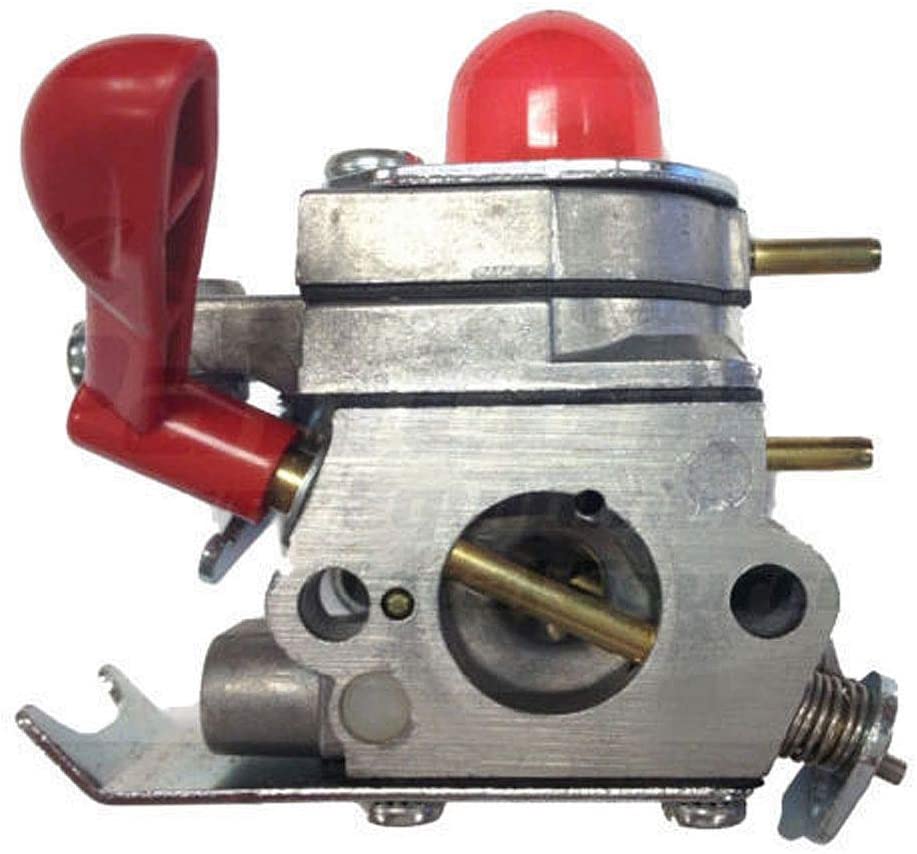
A carburetor is an essential part of the weed eater or any other machine. It is like the heart; it provides the body with heat.
In most cases, cleaning the thing properly can sort the issues related to the engine start-up’s failure.
If something like a primer bulb is damaged, then it can be quite easily replaced. It is not that expensive as well. Replacing the whole carburetor is not that expensive of a thing as well.
Electrical Issues
It can be an issue in weed eaters that run on electricity as the power source. Make sure all the wires are plugged incorrectly. Then make sure the wires are not faulty and electricity is flowing through them to the machine.
Check for the fuses and circuits if there are any faults or damages there. If everything is fine, then the only thing left to do will be to fire up the weed eater. If an extension wire cord is being used, make sure it is not faulty, since many a time this extension cords become useless after a time.
In the case of a weed eater that runs on a battery, make sure the charger is not faulty and that the battery is getting charged and giving some electrical output.
Attempt to Start Again
Once all the things mentioned above have been checked and repaired wherever necessary, it will be time to start the attempts at firing up the engine again. Please have some patience and give it two to three tries.
Remember to go through these points again for double-check:
- The air filters should be clean.
- There should be no faults in the spark plug, no cracks in the plug, or too much gap between the nodules.
- The carburetor should be clean. Remove the dirt from there as well.
- All the wires are correctly set and working fine.
- The fuel is adequately mixed with oil, and there is sufficient fuel in the machine.
- The fuel is fresh enough.
If all of these are accounted for, then in most cases, the weed eater will start. If the machine fails to start even then, taking it to a professional would be the best thing to do. Getting it repaired in time will only save the trouble of having prolonged frustration of watching the lawn’s overgrowth.

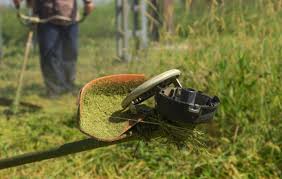









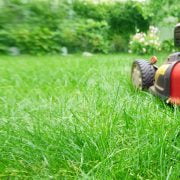


Comments